Retro Replay Review
Gameplay
Zeal’s core gameplay loop centers around hidden-object searches set cleverly within the glossy pages of a fashion magazine. Each spread brims with carefully illustrated items, and a concise list at the bottom tells you exactly which wares to remove. The tactile act of clicking and dragging unwanted objects out of each layout feels surprisingly satisfying, turning what might be a routine hidden-object task into a polished editorial operation.
To help you out when the layouts get crowded, Zeal offers a hint button that reveals the position of one required object. This lifeline is balanced by a one-minute recharge time, encouraging players to rely primarily on their own observational skills. The brief cooldown also keeps the pace deliberate, preventing overuse and encouraging a modicum of strategic planning: do you spend time scanning every corner, or bank your hints for trickier spreads?
Interspersed between chapters are a series of mini-games that simulate real magazine editing tasks and offer a welcome change of pace. One challenge has you matching props to photographs—think dragging a roulette wheel onto a casino shot—while another turns your cursor into a magnifier for spotting the perfect model face among dozens of snapshots. Quieter but equally engaging is a paint-mixing puzzle: combine colors in the correct sequence by following cryptic cell-phone clues. Finally, a scanning game tasks you with clicking on moving objects that morph after passing through a virtual scanner. Together, these diversions break up the hidden-object hunts and reinforce Zeal’s editorial theme.
Graphics
Zeal’s visual presentation mirrors high-end fashion magazines, with lavishly rendered pages awash in vibrant hues and glossy finishes. The artwork feels hand-crafted and sophisticated, providing a fitting backdrop for the game’s editorial premise. Each hidden-object spread balances busyness with legibility: items are distinct enough to stand out, yet densely arranged for a genuine challenge.
The mini-games carry over this polished aesthetic, from the clean interface of the paint-mixing bowls to the sleek magnifier tool you use for photo reviews. Animations are smooth and purposeful, whether it’s a timer ticking down or scanned objects morphing mid-slide across the page. Small details—like subtle paper textures or cursor highlights—add depth without overwhelming the eye.
Even the hint button is thoughtfully integrated into the magazine motif, appearing as a discreet editor’s tool rather than a glaring on-screen widget. Its cooldown is visually represented by a chic analog clock icon that fills back up over time. These UI flourishes may seem minor, but they reinforce the game’s fashion-forward identity and keep immersion high.
Story
While Zeal isn’t narrative-driven in the traditional sense, it weaves a light storyline about climbing the ranks at a trendy fashion magazine. You begin as a junior editor tasked with cleaning up photo shoots, and each chapter represents a new issue deadline. As you progress, brief dialogue snippets reveal the magazine’s quips, office gossip, and occasional shout-outs from the demanding chief editor.
The sense of progression comes not from epic plot twists but from the evolving magazine themes and the increasingly elaborate page designs. One issue might showcase avant-garde couture, the next a retro-chic photo spread. These thematic shifts keep the setting fresh and give you a reason to look forward to the next hidden-object challenge.
Small narrative touches—like congratulatory emails when you finish a section or tongue-in-cheek notes about missing deadlines—add character without bogging down the gameplay. Zeal strikes a comfortable balance: it provides enough story context to invest you in your editorial role, yet never interrupts the core hidden-object and puzzle action with lengthy cutscenes.
Overall Experience
Zeal delivers a polished hidden-object experience wrapped in a fashion editorial package. The combination of traditional searches, inventive mini-games, and an attractive magazine motif makes for a satisfying package that stands out from generic hidden-object titles. The pacing feels well calibrated: hints recharge slowly enough to avoid overreliance, yet the mini-games provide regular variety.
Difficulty is adjustable by how liberally you use hints and how meticulous you are in scanning each page. Casual players will appreciate the forgiving design and occasional hand-holding, while hardcore object-hunters can push themselves by eschewing hints entirely. Each chapter’s length is just right, offering 10–15 minutes of focused play—long enough to feel substantial but short enough for quick play sessions.
For fans of hidden-object adventures and anyone curious about life in a fashion magazine, Zeal offers a unique twist and high-quality presentation. It’s a niche concept but one executed with care, style, and a surprising amount of depth. Whether you’re unwinding after a long day or looking for a brain-teasing diversion, Zeal is poised to deliver a chic and engaging editorial escape.
 Retro Replay Retro Replay gaming reviews, news, emulation, geek stuff and more!
Retro Replay Retro Replay gaming reviews, news, emulation, geek stuff and more!

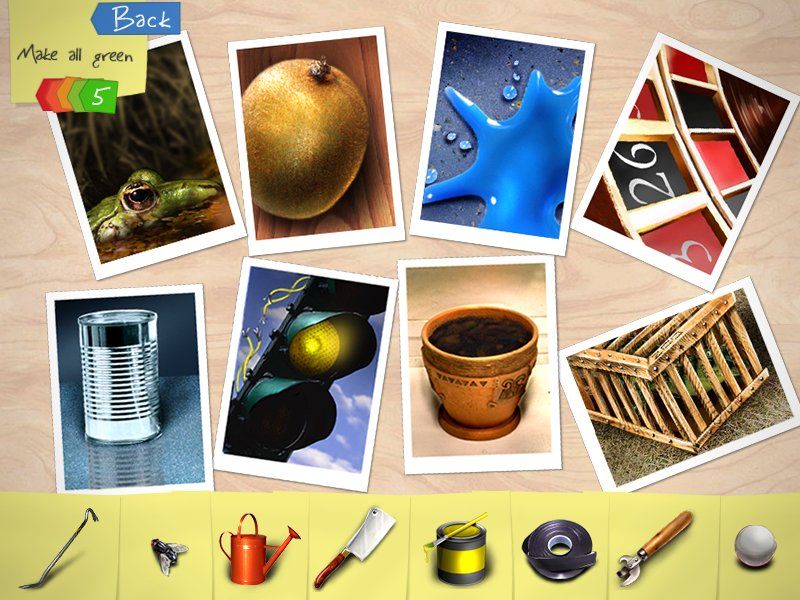
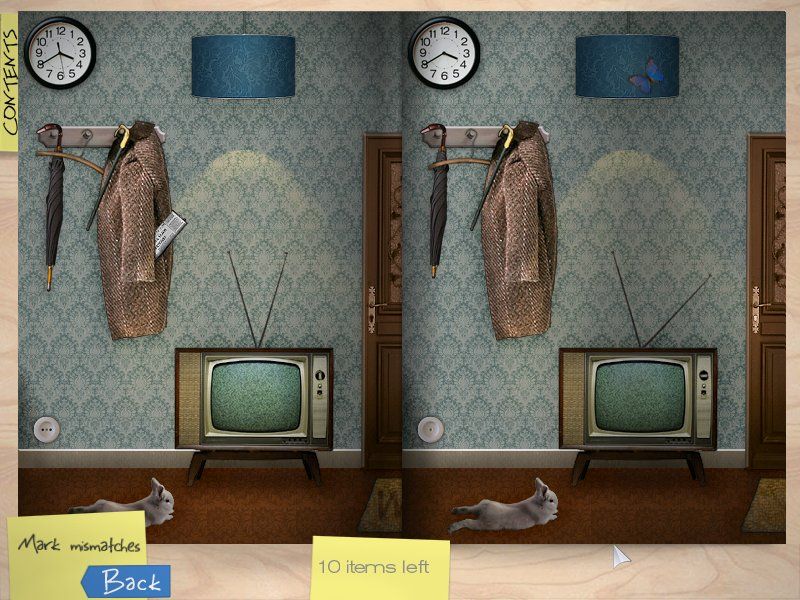
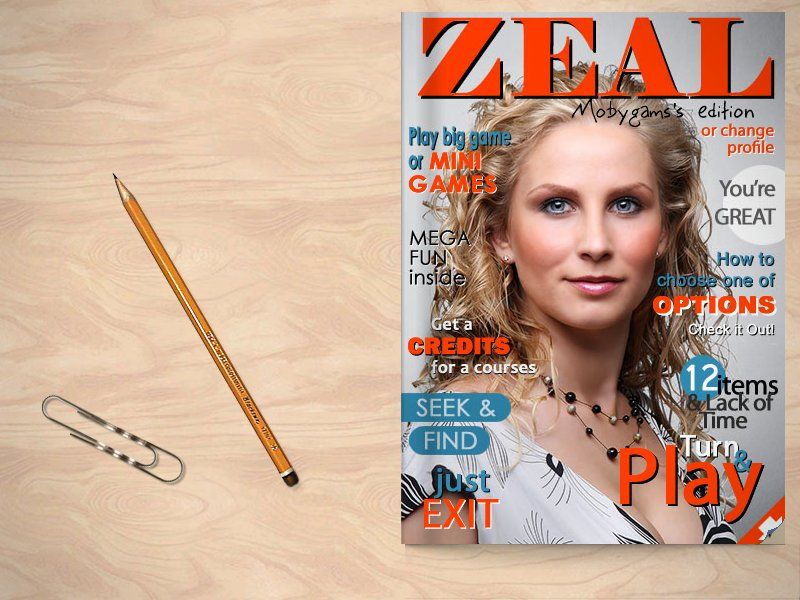
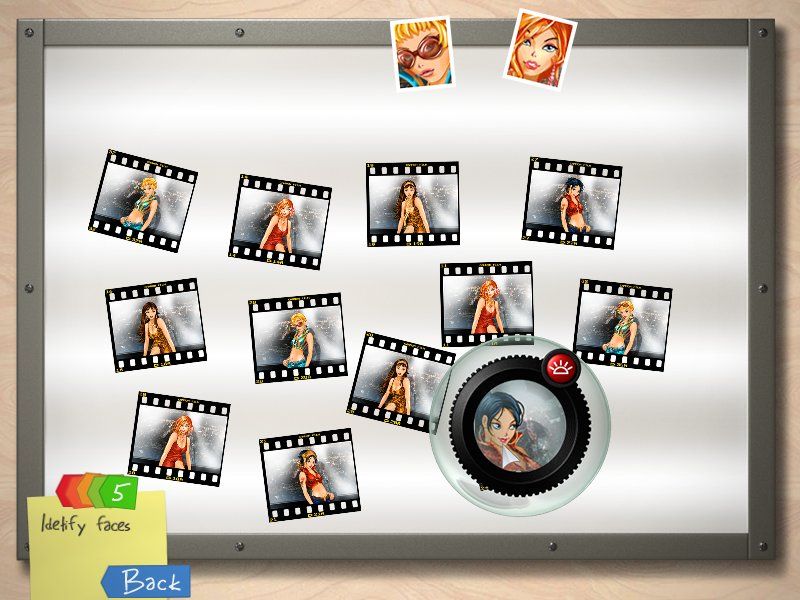
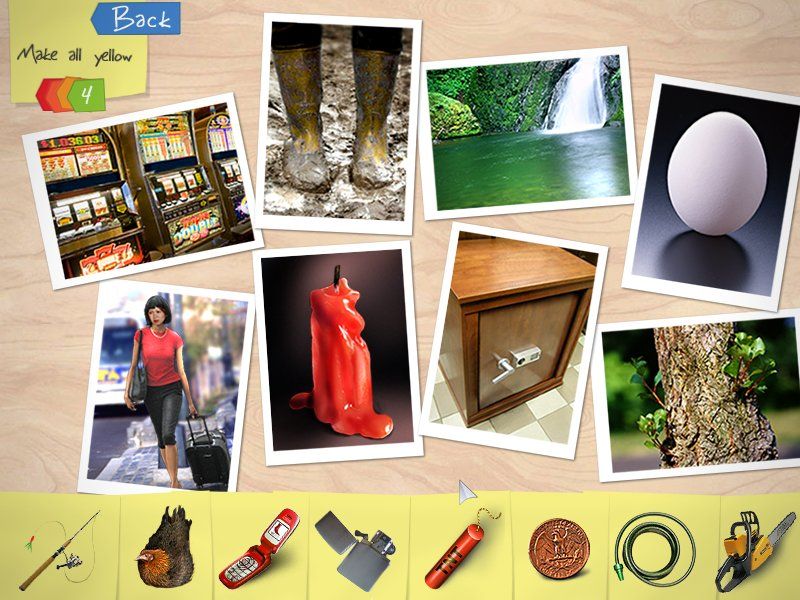



Reviews
There are no reviews yet.